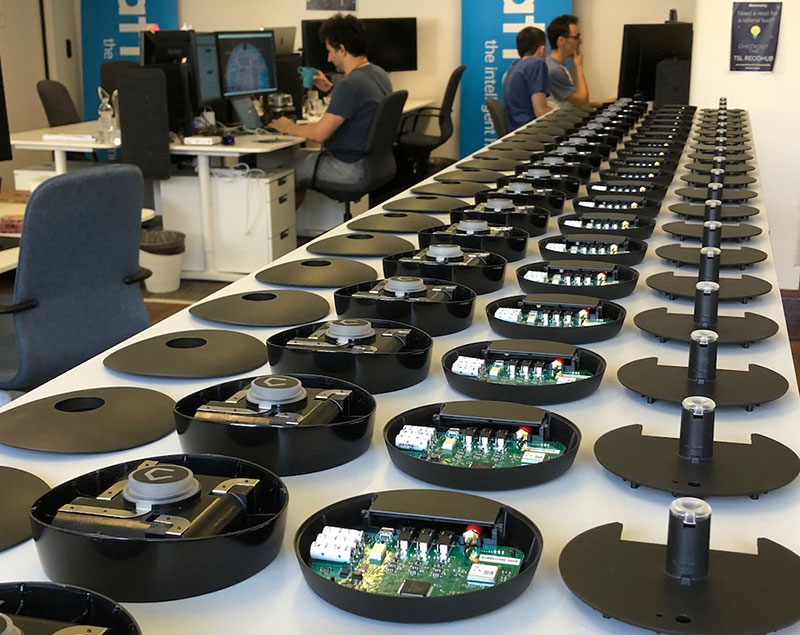It’s been 2 years since we first announced Wattcost to the public through an oversubscribed crowdfunding campaign. Already having working prototypes in the field, we were reasonably confident of the steps to take the product through to manufacturing would take 6-12 months.
The industrial design process commenced early 2017, when Vert Design Studio produced several hand sketched concepts to meet our product design brief. The concept inspired us to evolve the product so that most consumers would be able to install the product with one hand (important if you are standing on a ladder) and without the added cost of an electrician.
However, inventing new innovative technologies is never an exact science. We found through trial and error, getting power hungry Wi-Fi to operate reliably for 6+ months on four alkaline batteries plus creating a new “stick-on” optical sensor technology to work on the majority of old and new electricity meters was more difficult than first anticipated. Only through the expertise and persistence of our engineering team have we been able to achieve these lofty objectives!
Since our last update, we have received 20 pre-production units for final assembly, accelerated lifetime testing and pre-certification evaluation. Testing has included field trial validations on a range of electromechanical DISC and electronic LED electricity meters, accelerated UV sunlight degradation and drop testing.
During these engineering validation tests, we found an accuracy issue monitoring some types of DISC meters which required the redesign and retooling of the plastic housing for the “stick-on” optical sensor. Electro-mechanical DISC meters still remain the dominant electricity meter type used in residential housing (outside of Victoria) and throughout many parts of the world.
Feedback from our field testers, about difficulty in positioning of the sensor bracket onto the front of the DISC meter has also resulted in a minor tooling change, with horizontal notches and vertical alignment markers added to aid with correct positioning.
The optical sensor used on DISC meters also works on new electronic time-of-use and smart meters with a flashing LED “Whr” indicator. However, sticking the optical sensor over the LED indicator on shaped electronic meter facia’s (used in some parts of Victoria) has required the design of a new right angle mounting bracket.
Several pre-production units and sensors are headed out for electromagnetic compatibility testing next week as a requirement for final FCC, CE and RCM product certification (those essential little logos and numbers on the bottom of all electronic products). Once approved, the next production stage is to complete the final surface finishes on the fifteen plastic injection tools and harden the tools for mass production.
As new cloud computing technologies have become available over the past 2 years, we’ve been able to dramatically improve the real-time response of capturing the meter readings to display on the smartphone app. This means when you turn large appliances on and off in your home, you will see the costs, watts and carbon emissions update on the app in a matter of seconds.
And of course the Wattcost product has been designed with the latest cutting-edge hardware technology and connectivity features, which makes it easy to upgrade to real-time PV solar and battery storage optimisation towards achieving the intelligent sustainable home.
From all of us at Wattcost, we thank you again for your ongoing support and we’re more than happy to answer your questions via email at [email protected].
Warmest regards,
David
CEO & Co-founder


